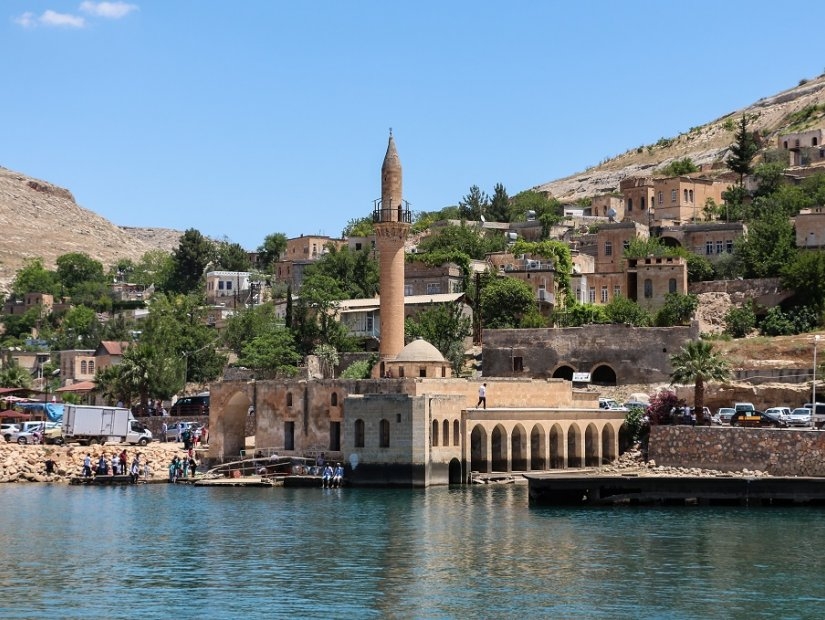Blog
The Sunken Town of Halfeti
The Sunken Town of Halfeti
The Sunken Town of Halfeti
Halfeti is a district in the province of Sanliurfa. It's one of Turkey's most peculiar places because the old town is mainly buried in water due to dam building. Even though Halfeti is submerged, it has a vibrant cultural legacy and natural beauty, like a hidden paradise. Halfeti also has a unique rose, the Black Rose, the "Crying Arabian Girl" rose. It blooms in the spring and fall. The village of Halfeti in southern Turkey is a wonderfully spectacular site, partially flooded owing to a dam project. The relics of the ancient town may still be seen beneath the transparent waters as a member of the Cittaslow movement.
Historical Background
The city's founding goes back to the 9th century BC when the Assyrians named Sitamrat. During Roman time, this area was known as Akamai, which was later renamed Koyla. Between the 6th and 8th centuries AD, the territory was governed by the Sassanians, Arabs, Umayyads, and Abbasids, who succeeded the Romans. The Seljuks conquered the land in the 11th century and subsequently by the Ottomans in the 16th century.
Places to Visit
The view of semi-submerged stone homes, trees, minarets, and historical structures (such as the ancient castle and palace) from Halfeti may be reached by hiring one of the tiny boats along the coast. The half-sunken minaret of the Savaşan Koy is one of Halfeti's most recognizable pictures. Many travelers come to the village after seeing another notable landmark: the Rumkale, an old castle erected by the Assyrians and subsequently utilized by Byzantine and Armenian warriors during the Middle Ages. Rumkale, which was also the seat of the Armenian patriarch at the time, was eventually seized by the Mamluks, Seljuks, and, finally, the Ottomans when Anatolia was put under Islamic dominion.


